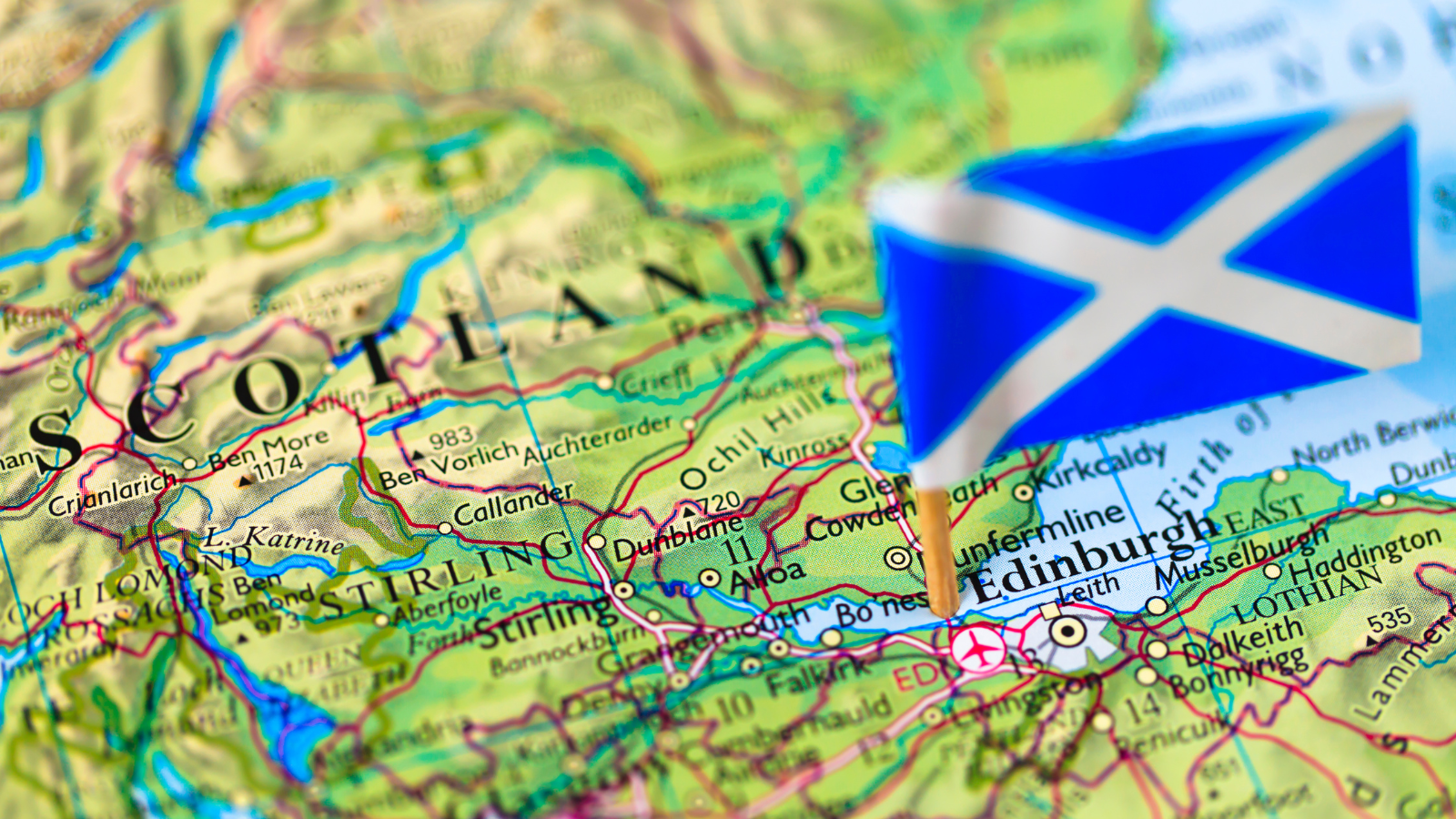
Discover the Best of Scotland: A Complete Travel Guide for Indians
Scotland, with its dramatic landscapes, ancient castles, and rich cultural heritage, offers Indian travelers an experience filled with adventure, history, and scenic beauty. From the bustling streets of Edinburgh to the breathtaking views of the Highlands, Scotland promises unforgettable memories. This guide covers all you need to know to explore Scotland—from the best places to visit and travel tips to shopping recommendations and currency details.
Edinburgh: The Heart of Scottish History:
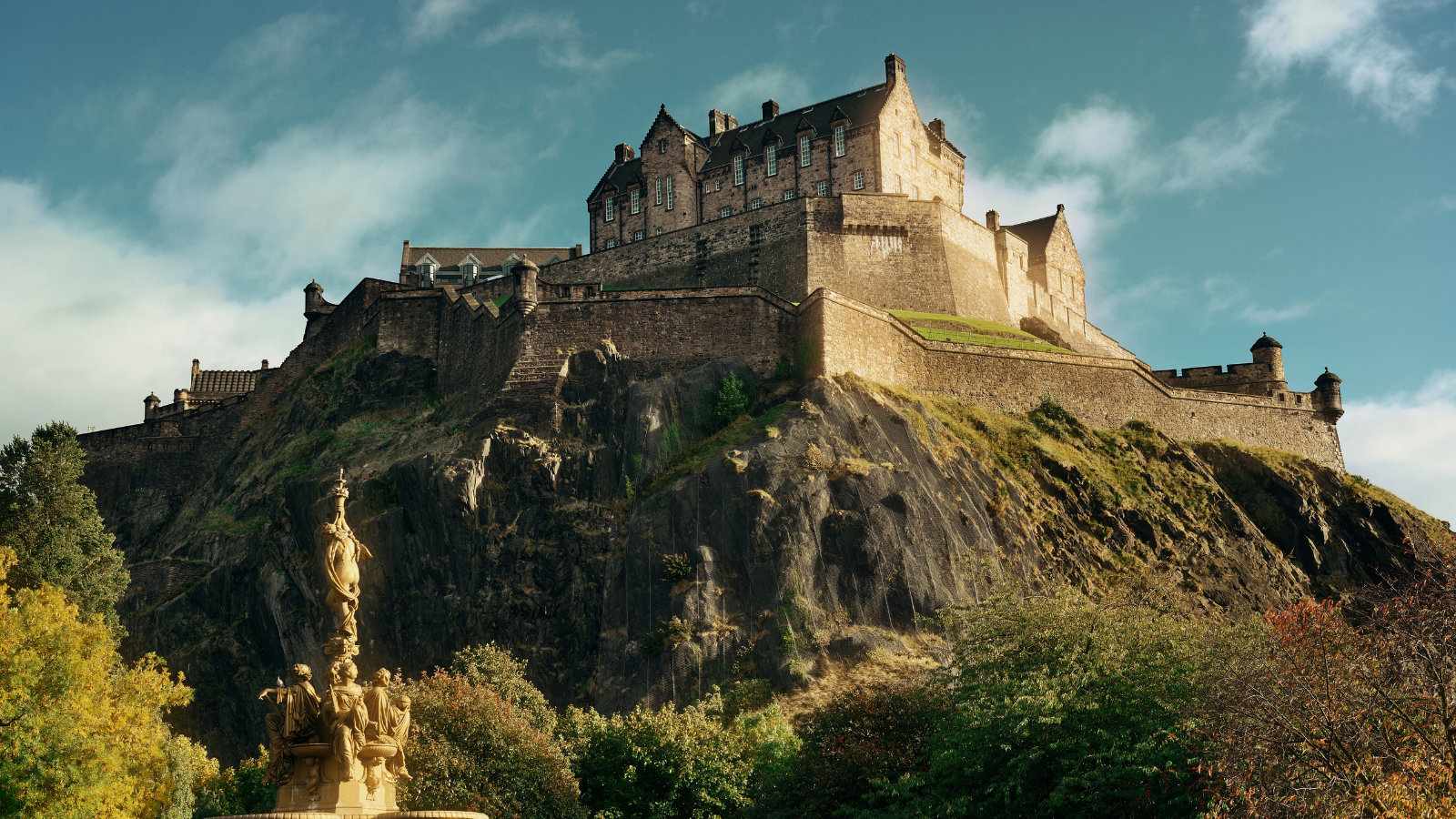
Description:
Edinburgh, the iconic capital of Scotland, seamlessly blends historic charm with modern vibrancy. Known for its medieval Old Town and Georgian New Town, the city is a UNESCO World Heritage Site and a top destination for travelers. From the imposing Edinburgh Castle overlooking the city to the bustling Royal Mile lined with shops, pubs, and historical sites, Edinburgh offers a rich experience of Scottish culture. Annual festivals, including the world-renowned Edinburgh Festival Fringe, add to its appeal as a lively arts and culture hub.
Highlights:
- Edinburgh Castle: Discover Scotland’s royal history, artifacts, and panoramic city views.
- Royal Mile: Explore the cobbled streets filled with shops, eateries, and historical landmarks.
- Holyrood Palace: The official residence of the British monarch in Scotland, steeped in history.
- Arthur’s Seat: Climb this ancient volcanic hill for incredible views of the city and surrounding landscape.
Travel Tip:
Visit Edinburgh in August to experience the Edinburgh Festival Fringe, the largest arts festival in the world, and other cultural events. Book accommodations early, as the city is busiest during festival season.
Loch Ness and the Scottish Highlands:
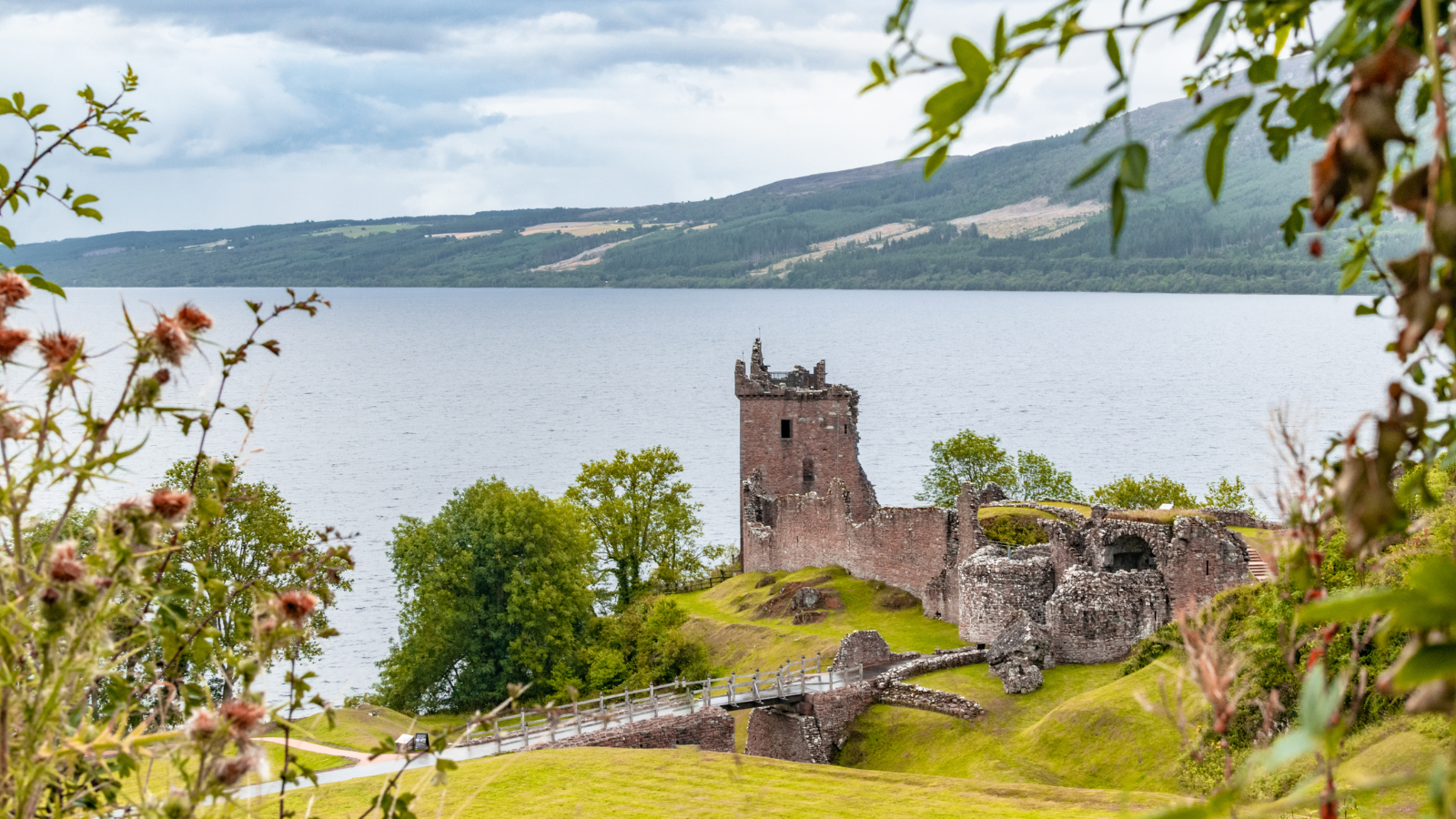
Description:
Loch Ness, famous for its mythical monster, lies at the heart of the stunning Scottish Highlands. This iconic freshwater lake stretches over 20 miles and is surrounded by verdant hills, quaint villages, and historic castles. The Highlands, known for their rugged beauty, offer an array of outdoor activities like hiking, cycling, and boat tours, each providing a closer look at Scotland’s wild landscapes and folklore.
Highlights:
- Loch Ness Boat Tours: Search for Nessie while enjoying a scenic cruise across the tranquil waters of Loch Ness.
- Inverness Castle: Overlooking the River Ness, this castle provides fantastic views and insights into Highland history.
- Urquhart Castle: Explore the ruins of this 13th-century castle on the shores of Loch Ness.
- Glen Coe: A valley known for its dramatic beauty and history, ideal for hiking and photography.
Travel Tip:
A boat tour on Loch Ness offers not only scenic beauty but also a fascinating history of the legendary Loch Ness Monster. Be sure to dress in layers, as the weather in the Highlands can be unpredictable.
Isle of Skye: Scotland’s Natural Gem:
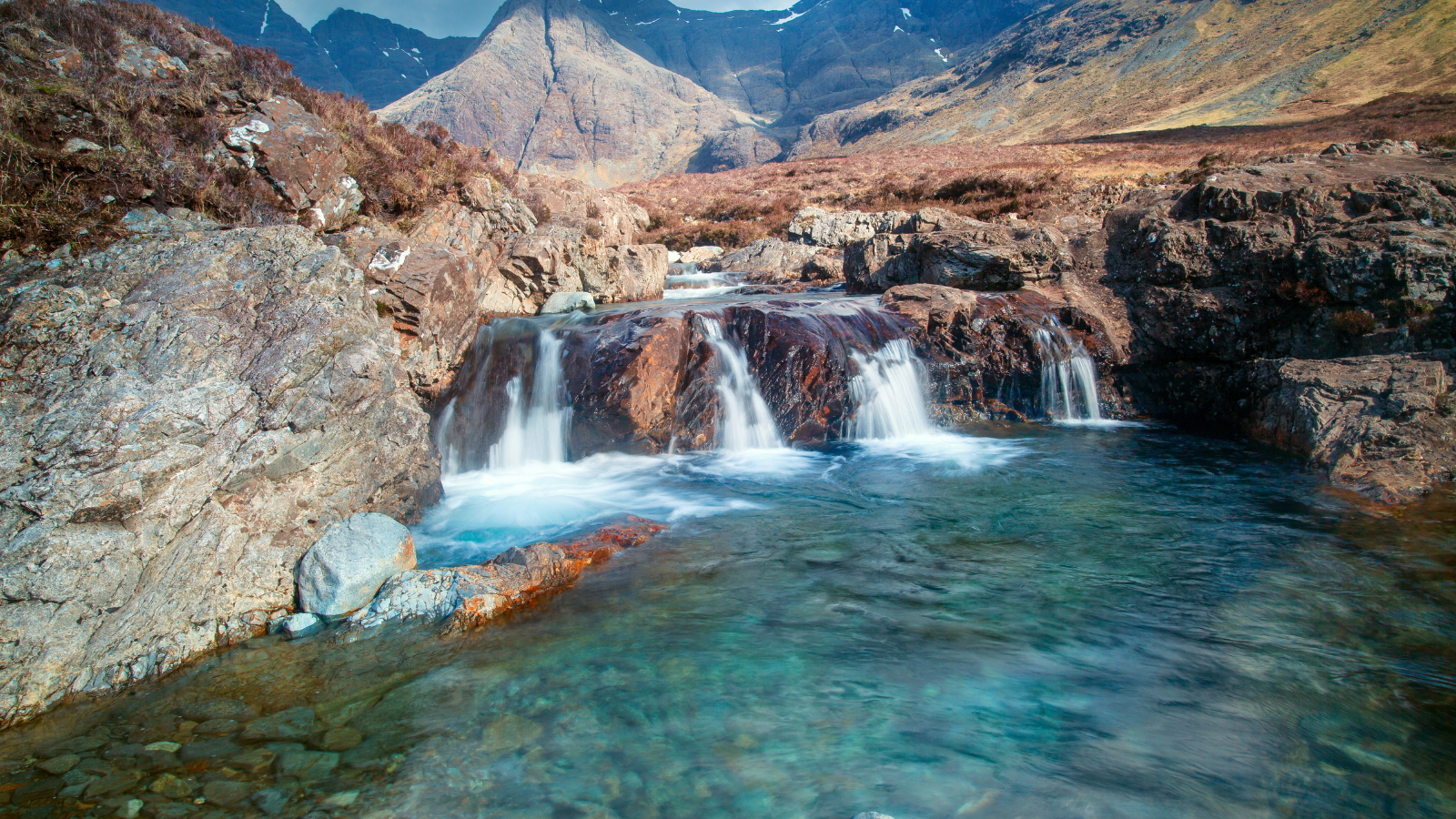
Description:
The Isle of Skye is a breathtaking island off Scotland’s northwest coast, renowned for its rugged landscapes, ancient castles, and scenic hikes. The island is a paradise for nature lovers, photographers, and adventurers, with landmarks like the Fairy Pools, Old Man of Storr, and the Quiraing drawing travelers from around the globe. Skye’s charming villages, such as Portree, offer colorful buildings, traditional pubs, and a taste of local culture.
Highlights:
- Fairy Pools: These crystal-clear blue pools are ideal for hiking and offer a magical experience.
- Old Man of Storr: A towering rock formation with panoramic views of the island.
- Portree Village: The island’s capital, known for its colorful harbor and local shops.
- Quiraing: A landslip on the northernmost part of Skye, with surreal landscapes perfect for hiking.
Travel Tip:
The Isle of Skye can be especially crowded in the summer, so book accommodations in advance. Try to visit during early morning hours to enjoy popular spots like the Fairy Pools with fewer crowds.
Glasgow: Scotland’s Cultural Hub:
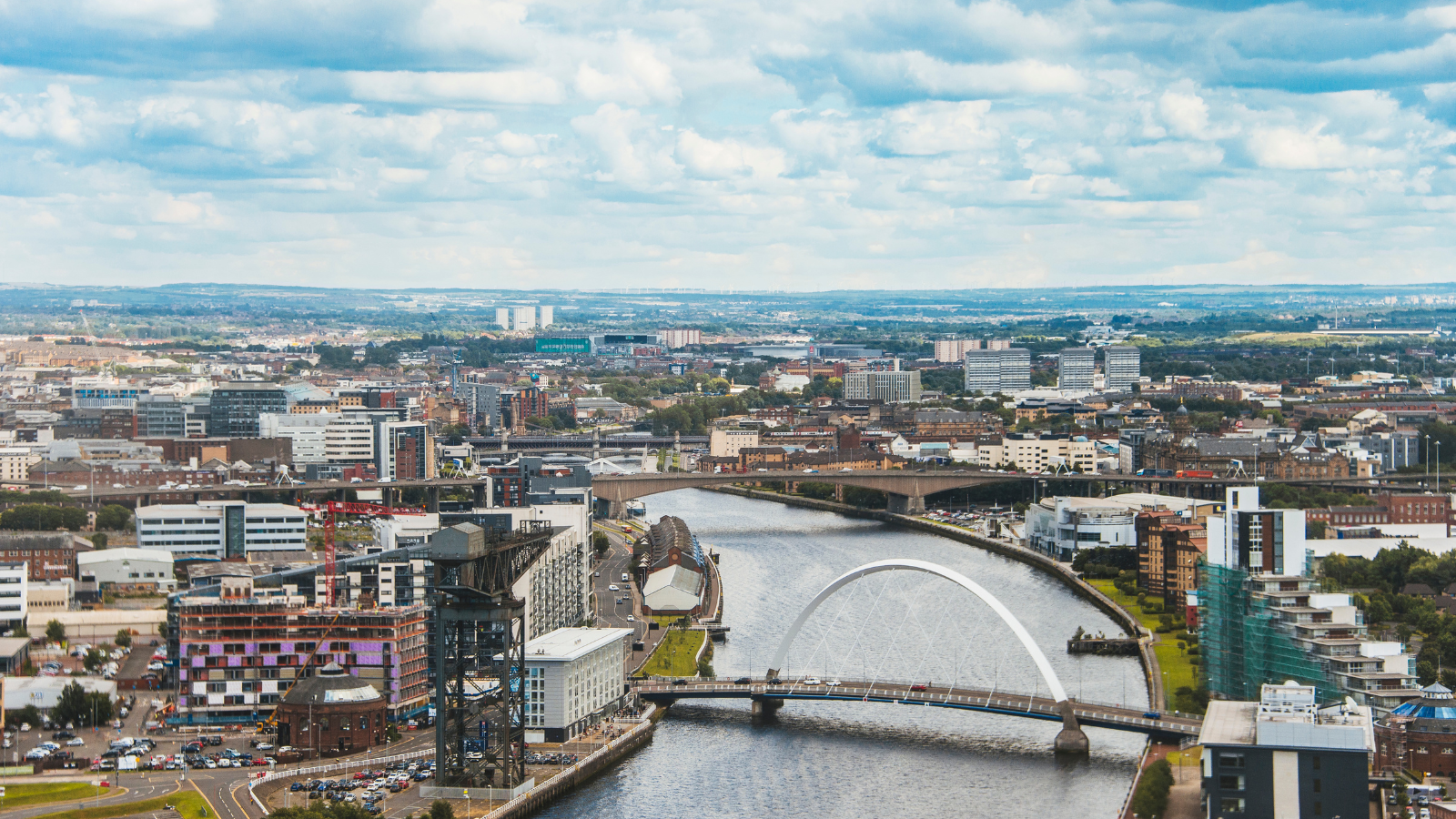
Description:
Glasgow, Scotland’s largest city, is a vibrant metropolis known for its modern arts scene, historic architecture, and lively music culture. The city boasts Victorian and Art Nouveau architecture, world-class museums, and some of the UK’s best shopping destinations. Glasgow’s eclectic mix of history, art, and entertainment makes it a top choice for travelers seeking urban exploration.
Highlights:
- Kelvingrove Art Gallery and Museum: One of Scotland’s most visited museums, featuring a wide range of art and historical exhibits.
- Glasgow Cathedral: A stunning Gothic cathedral dating back to the 12th century.
- George Square: The city’s central square, surrounded by impressive Victorian buildings.
- Buchanan Street: A bustling shopping street lined with high-end retailers and cafes.
Travel Tip:
Use Glasgow’s efficient public transport to explore the city with ease. For art lovers, the Glasgow School of Art offers an in-depth look at the city’s influence on modern art and design.
Stirling: Scotland’s Braveheart Connection:
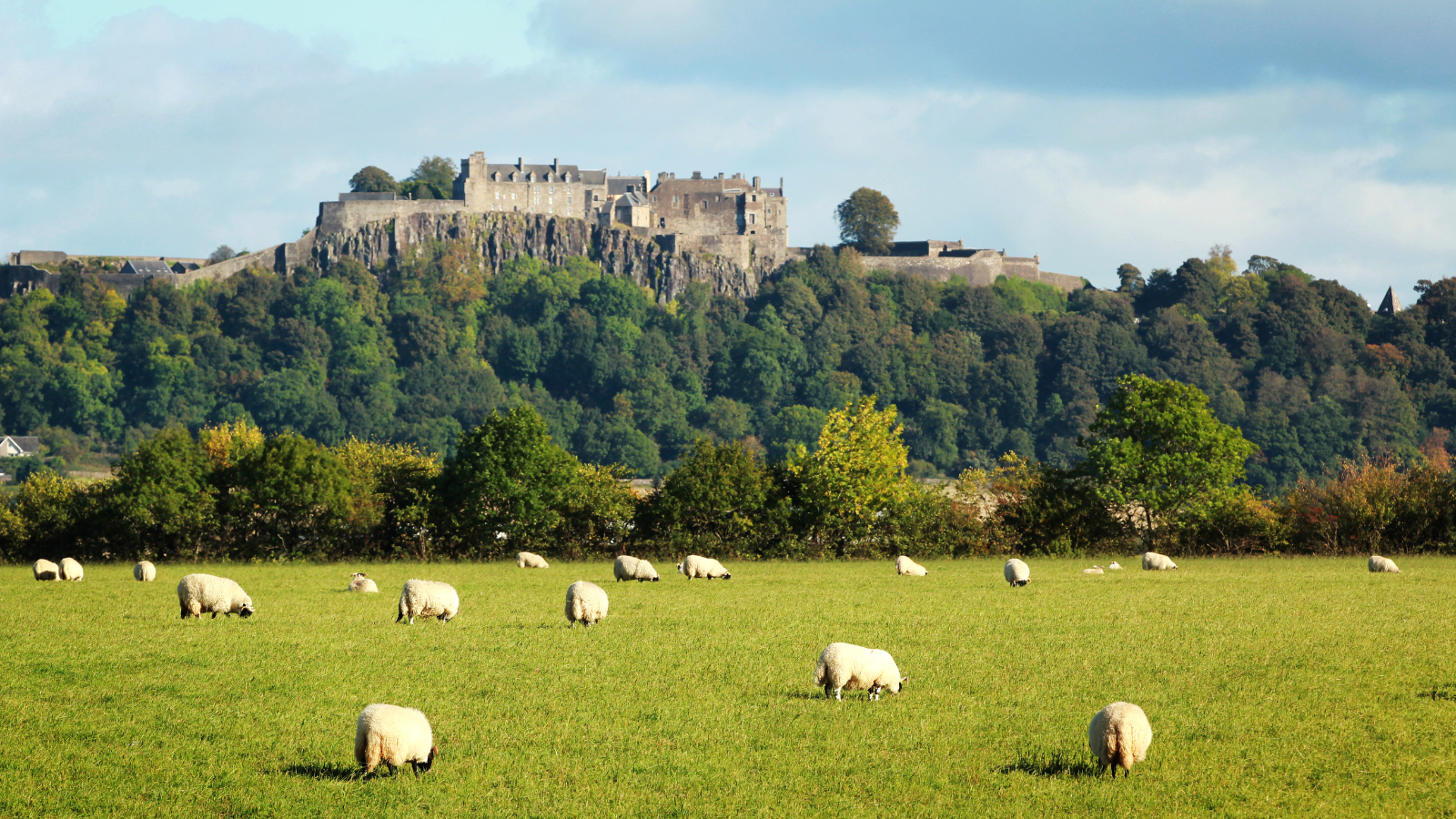
Description:
Known as the “Gateway to the Highlands,” Stirling is a city steeped in Scottish history. It was the site of key battles during the Wars of Independence, including the Battle of Bannockburn. Stirling Castle, perched on a volcanic rock, is one of Scotland’s most impressive fortresses and offers insights into the lives of royals. The Wallace Monument, honoring William Wallace, offers panoramic views over the surrounding landscape.
Highlights:
- Stirling Castle: Tour this historic fortress with its grand halls and learn about Scottish royal history.
- Wallace Monument: Climb the monument for sweeping views and learn about Scotland’s national hero, William Wallace.
- Battle of Bannockburn Site: A visitor center here provides an interactive look at this pivotal battle.
Travel Tip:
Consider joining a guided tour of Stirling Castle to fully appreciate its historical significance and the role it played in shaping Scotland’s history.
Additional Travel Tips for Scotland:

Book Accommodations in Advance
- Popular Destinations: Cities like Edinburgh, Glasgow, and Inverness, along with attractions like the Isle of Skye, experience high tourist traffic. Book accommodations well in advance, especially for summer (June to August) and festival seasons.
- Unique Stays: For a truly Scottish experience, consider booking a stay in a historic castle, a quaint Highland lodge, or a traditional bed and breakfast. These unique accommodations offer charm and insight into local culture.
- Flexible Options: Check for flexible booking policies, as Scotland’s unpredictable weather may impact travel plans. Many hotels and guesthouses offer refundable options, which can be valuable for last-minute adjustments.
3. Try Traditional Scottish Food
- Iconic Dishes: Scotland’s culinary heritage includes traditional dishes like haggis (a savory pudding made with oats, spices, and meat), neeps and tatties (turnips and potatoes), and Cullen skink (a hearty fish soup made with smoked haddock).
- Sweet Treats: For dessert, try shortbread, cranachan (a dessert made with raspberries, oats, and whisky), or tablet (a fudge-like sweet made with sugar and butter).
- Whisky Tasting: Scotland is famous for its whisky. Many regions, such as Speyside, the Highlands, and Islay, have distinct whisky flavors. Visit a distillery for a tasting session and learn about the whisky-making process.
- Vegetarian and Vegan Options: Scottish cuisine is becoming more inclusive, and many restaurants now offer vegetarian and vegan adaptations of traditional dishes. For example, haggis is often available in a vegetarian version made with oats, lentils, and spices.
4. Respect Nature and Wildlife
- Stay on Marked Trails: Scotland’s landscapes are rugged and delicate. Follow marked trails to avoid damaging local flora and disturbing wildlife habitats. In places like the Highlands and Skye, foot traffic can cause erosion, so tread lightly and stay on paths.
- Leave No Trace: Scotland follows the “Leave No Trace” principle, encouraging visitors to carry out all waste, including food wrappers and bottles. Avoid disturbing natural features or taking plants, stones, or shells as souvenirs.
- Observe Wildlife from a Distance: Scotland’s rich wildlife includes red deer, otters, golden eagles, and seals. Admire animals from a distance and avoid approaching or feeding them to keep them safe and in their natural behavior.
- Respect the Right to Roam: Scotland’s Right to Roam allows public access to most land, but it’s important to respect private property and farmland. Close gates behind you, avoid disturbing livestock, and follow any posted signs.
5. Driving in Scotland
- Drive on the Left: Scotland, like the rest of the UK, has left-side driving. Take extra care if you’re unfamiliar with this, especially on narrow rural roads and winding routes in the Highlands.
- Single-Track Roads: Many rural and Highland roads are single-track with passing places. Yield to oncoming vehicles when necessary and use passing places to allow faster vehicles to overtake.
- Prepare for Wildlife on the Road: Be cautious of animals, such as sheep and deer, which often roam near or on roads, particularly in rural areas. Drive slowly, especially at night, and be vigilant.
- Petrol Stations: In remote areas, petrol stations can be few and far between, so plan fuel stops accordingly. It’s advisable to carry a full tank before heading into more secluded regions.
6. Plan for Connectivity
- Cell Signal: In remote areas, cell phone reception can be limited. If you rely on GPS, download maps in advance, or keep a physical map handy.
- Wi-Fi Access: Many cafes, hotels, and public transport stations offer free Wi-Fi, but connectivity can be spotty in rural areas. Be prepared to have offline access to maps, itineraries, and travel confirmations.
- Adapters for Electronics: Scotland uses the UK standard plug (Type G) with a 230V supply. Bring an adapter if traveling from outside the UK, and check your electronics for compatibility.
7. Embrace Scottish Culture and Traditions
- Learn Local Phrases: Though English is the primary language, learning a few Scottish Gaelic phrases or understanding Scots terms can enrich your experience. “Ceud mìle fàilte” (pronounced kyoot meeluh faal-chuh) means “a hundred thousand welcomes.”
- Highland Games: If you’re visiting in the summer, try to attend a local Highland Games event. These traditional gatherings feature athletic competitions, dancing, music, and local crafts.
- Respect Clan Heritage: Many Scottish families are associated with historic clans. Be mindful and respectful of clan symbols and tartans, as they hold cultural significance. Some regions, like the Highlands, also have customs and traditions tied to local history.
Best Time to Visit Scotland:
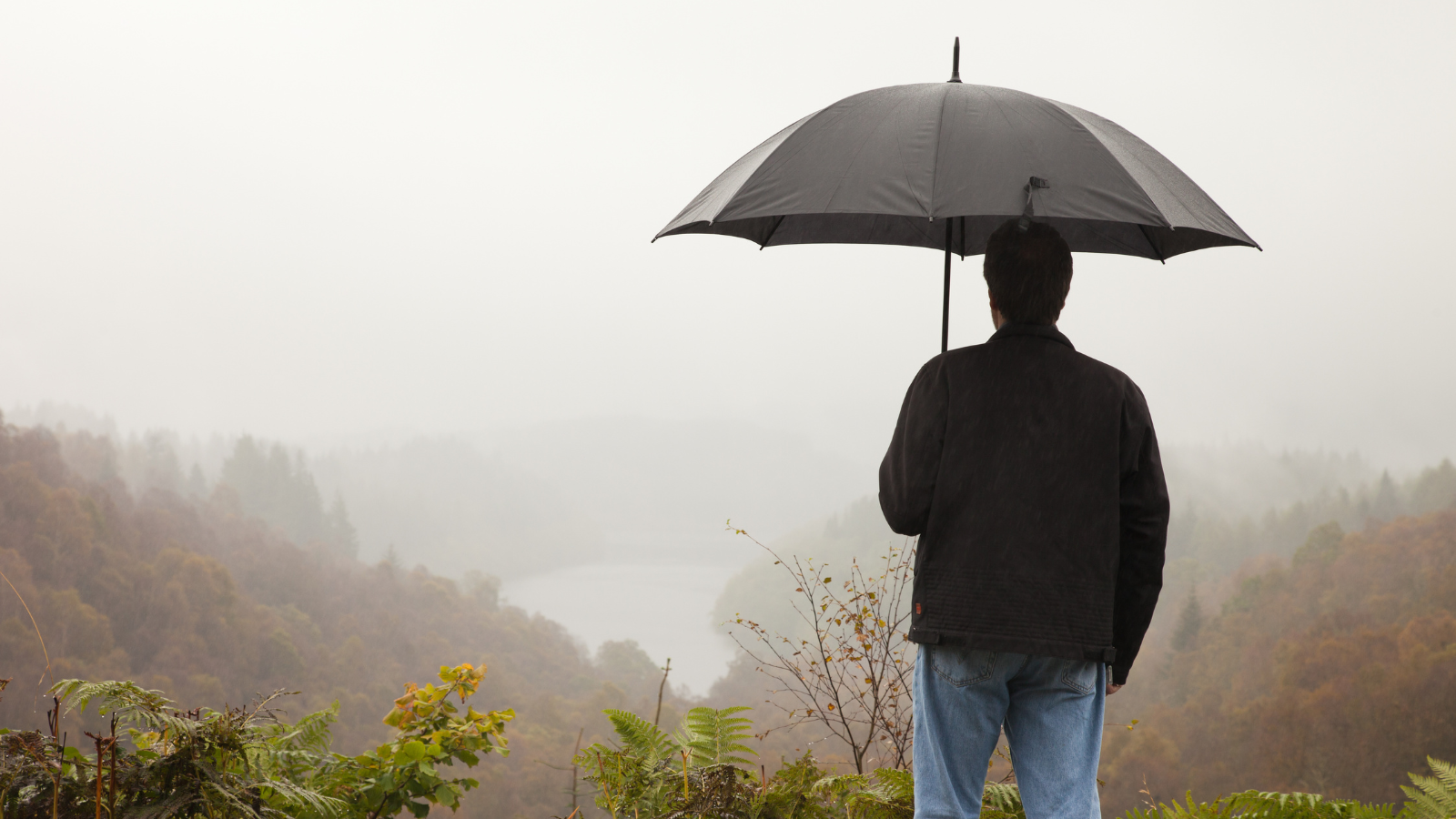
Summer (June to August)
- Overview:
Scotland’s peak travel season, known for mild weather, long daylight hours, and vibrant festivals. - Weather:
- Temperatures: 15°C to 20°C (59°F to 68°F)
- Up to 17 hours of daylight in northern regions
- Activities and Highlights:
- Outdoor Adventures: Perfect for hiking, exploring lochs, and coastal water sports.
- Edinburgh Festivals: Edinburgh Festival Fringe and Edinburgh International Festival in August.
- Island Hopping: Ideal for visiting Isle of Skye, Orkney, and Shetland.
- Scottish Highland Games: Traditional athletic events, music, and cuisine.
- Travel Tips:
- Book accommodations and festival tickets early.
- Prepare for rain with a light waterproof jacket.
Spring (April to May) & Autumn (September to October)
- Overview:
Shoulder seasons offering moderate weather, fewer crowds, and beautiful natural displays. - Weather:
- Spring: 8°C to 15°C (46°F to 59°F)
- Autumn: 10°C to 16°C (50°F to 61°F)
- Activities and Highlights:
- Nature Walks and Photography: Enjoy blooming flowers in spring and colorful foliage in autumn.
- Loch and Glens Exploration: Loch Ness, Loch Lomond, and Loch Awe surrounded by scenic views.
- Whisky Distillery Tours: Less crowded distilleries in Speyside and Islay.
- Wildlife Spotting: Migratory birds in spring; red deer rutting season in autumn.
- Travel Tips:
- Ideal for a quieter experience.
- Dress in layers and bring waterproof gear for varying conditions.
Winter (November to March)
- Overview:
Shorter days, colder temperatures, and cozy atmospheres, ideal for winter festivals and snow sports. - Weather:
- Temperatures: 0°C to 7°C (32°F to 45°F)
- Snow in the mountains, especially Cairngorms; milder along the coast.
- Activities and Highlights:
- Scottish Winter Festivals: Hogmanay in Edinburgh, with street parties and fireworks.
- Skiing and Snow Sports: Cairngorms National Park and Glencoe Mountain Resort.
- Northern Lights Viewing: Best chance in Shetland, Orkney, and the Highlands.
- Cozy Pub Evenings and Castles: Fireside evenings in pubs, festive castle visits.
- Travel Tips:
- Dress warmly with a quality coat, gloves, and hat.
- Some sites may have limited hours; check ahead.
- Lower hotel rates and airfare, ideal for budget-conscious travelers.
5-Day Trip Ideas in Trawelmart:
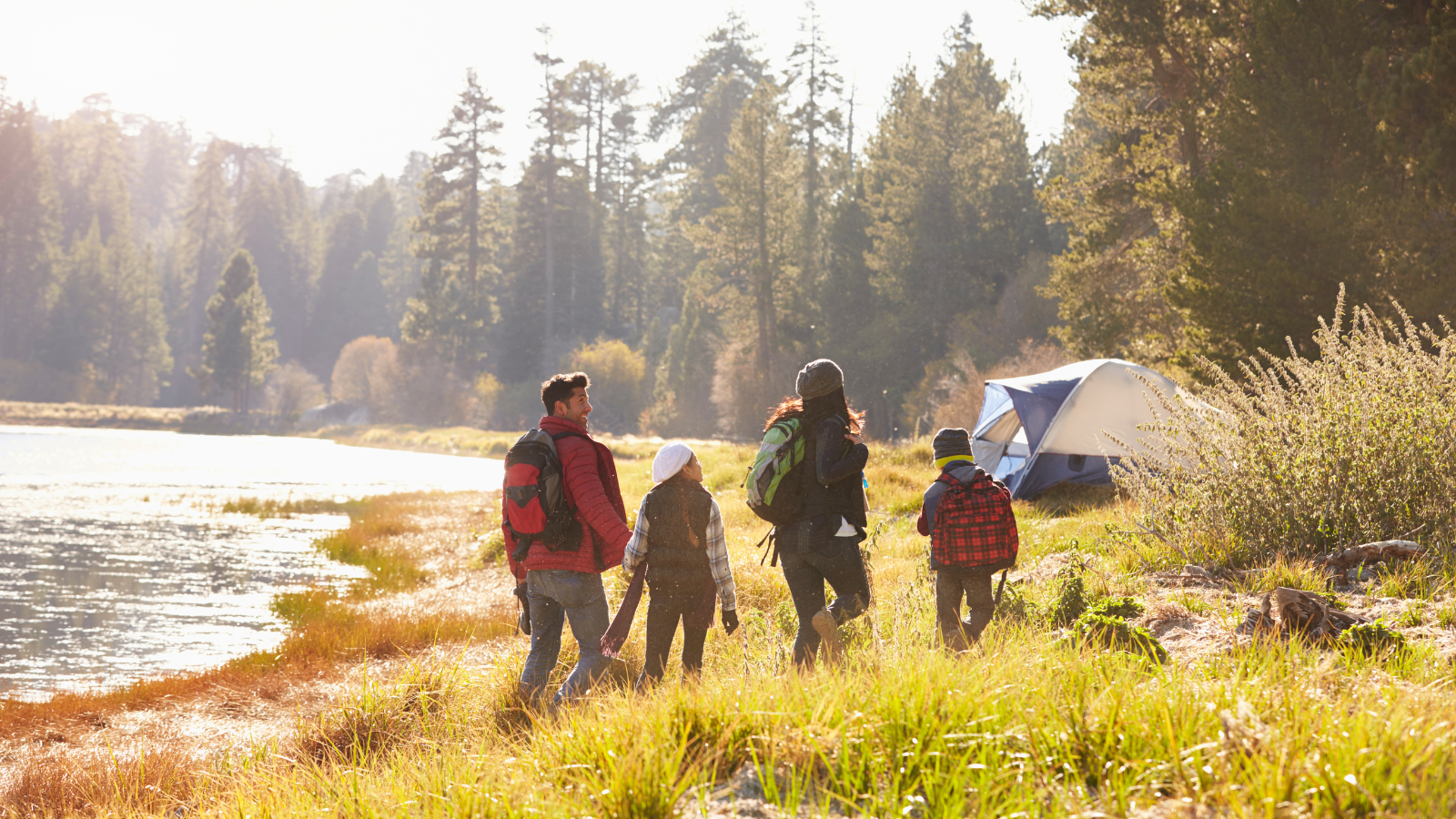
Day 1: Edinburgh – Historical Sites
- Activities: Visit Edinburgh Castle, walk along the Royal Mile, and explore Holyrood Palace. Climb Arthur’s Seat for panoramic city views.
Day 2: Loch Ness and Inverness
- Activities: Travel to Loch Ness, enjoy a boat tour, and explore Urquhart Castle. Spend the evening in Inverness, exploring its charming streets.
Day 3: Isle of Skye – Nature and Adventure
- Activities: Drive through the Highlands to the Isle of Skye. Visit the Fairy Pools, Old Man of Storr, and Portree village.
Day 4: Glasgow – Culture and Shopping
- Activities: Explore Glasgow’s Kelvingrove Art Gallery, Glasgow Cathedral, and Buchanan Street for shopping.
Day 5: Stirling – Castles and Monuments
- Activities: Visit Stirling Castle, the Wallace Monument, and learn about Scotland’s history at the Battle of Bannockburn site.
Shopping Tips in Scotland:

Popular Souvenirs: Look for Scottish souvenirs such as cashmere scarves, whisky, kilts, tartan fabrics, Celtic jewelry, and Harris Tweed products. Edinburgh’s Royal Mile and Glasgow’s Buchanan Street are excellent for finding authentic Scottish gifts.
Shopping Tips in Scotland
- 1. Duty-Free Shopping
- Description: Scotland offers duty-free shopping at major airports, such as Edinburgh Airport and Glasgow Airport. Travelers can purchase whisky, chocolates, perfumes, and other items tax-free.
- Tip: Duty-free shopping is ideal for last-minute gifts or exclusive items like whisky that may be offered at a better price than in stores.
- 2. VAT Refunds for Non-EU Tourists
- Description: Non-EU tourists, including Indian travelers, can reclaim VAT (Value Added Tax) on eligible purchases made in Scotland. VAT in the UK is currently 20%, and refunds can be claimed on items purchased for personal use and taken out of the country.
- How to Claim VAT Refund:
- When purchasing, ask the retailer for a VAT refund form (Tax-Free Shopping form).
- Complete the form and keep your receipt.
- Present the form, receipt, and purchased items at the airport’s VAT refund desk before departure to claim your refund.
- 3. Bargaining and Sales
- Description: Bargaining is not a common practice in Scotland, as prices are typically fixed, especially in retail stores and tourist areas. However, smaller independent shops may offer discounts during seasonal sales or promotions.
- Sales Periods:
- Summer Sale: Late June to early August.
- Winter Sale: Post-Christmas sales start around Boxing Day (December 26) and continue through January.
- 4. Payment and Currency Exchange
- Description: Most shops accept credit and debit cards, and cash is not required for most purchases. However, for smaller markets or local artisans, it’s a good idea to carry some British Pounds (GBP).
- Currency Exchange: Currency exchange services are available at airports, major banks, and exchange offices throughout Scotland.
- 5. Eco-Friendly and Local Shopping Options
- Description: Scotland values sustainability, and many shops and markets offer eco-friendly products, locally made crafts, and organic foods. Look for “Made in Scotland” labels or locally sourced products to support sustainable practices.
- Where to Find: Many eco-conscious items are available at farmers' markets, local artisan fairs, and independent stores in cities like Edinburgh and Glasgow.
- 6. Shipping and Packing Large Purchases
- Description: For larger items such as kilts, Harris Tweed products, or delicate ceramics, many shops offer shipping services directly to your home country, allowing you to avoid extra baggage fees.
- Tip: If you plan on shipping items, check with the shop regarding shipping costs and expected delivery times.
Currency and Cash Details in Scotland:

- Currency: Scotland uses the British Pound Sterling (GBP). Scottish banknotes are widely accepted across Scotland and the UK, though travelers may notice different designs compared to English notes.
- ATMs and Cards: ATMs are widely available, and major credit and debit cards are accepted in most establishments. However, carrying some cash is advisable for smaller purchases in local markets or rural areas.
- Tipping: Tipping is generally 10-15% in restaurants if a service charge is not included. Small tips are also appreciated by taxi drivers, hotel staff, and tour guides.
FAQs:
1. Do Indian tourists need a visa to visit Scotland?
- Answer: Yes, Indian travelers require a UK visa to visit Scotland. This can be applied for at the nearest UK visa application center.
2. What is the best time for Indian tourists to visit Scotland?
- Answer: The summer months (June to August) are ideal for Indian tourists as the weather is warmer and there are plenty of events and festivals.
3. Are there Indian restaurants in Scotland?
- Answer: Yes, Scotland has many Indian restaurants, especially in cities like Edinburgh, Glasgow, and Inverness. Popular options include Dishoom, Mother India, and Tuk Tuk.
4. How do I get around in Scotland?
- Answer: Scotland has excellent public transport, including trains, buses, and ferries. For remote areas, renting a car is recommended for more flexibility.
5. Is Scotland safe for solo travelers?
- Answer: Yes, Scotland is generally safe for solo travelers. It’s advisable to follow standard safety measures and be cautious in remote areas or during late hours.
6. What are the tipping customs in Scotland?
- Answer: Tipping around 10-15% in restaurants is customary if service is not included. Small tips are appreciated by taxi drivers, hotel staff, and guides.
7. Can I use Indian Rupees in Scotland?
- Answer: No, the official currency in Scotland is the British Pound (GBP). Currency exchange services are available at airports, banks, and exchange offices.
8. What should I wear when visiting Scotland?
- Answer: Pack layers, including waterproof jackets and comfortable shoes. Scotland’s weather can be unpredictable, so it’s best to be prepared for changing conditions.
9. What are must-try Scottish dishes?
- Answer: Haggis, fish and chips, Scottish salmon, and shortbread are popular dishes. For whisky enthusiasts, Scotland offers world-famous single malt Scotch whisky.
10. Do I need a converter for electronics in Scotland?
- Answer: Yes, Scotland uses Type G plugs with a 230V supply. Indian travelers will need an adapter and, if required, a voltage converter.






